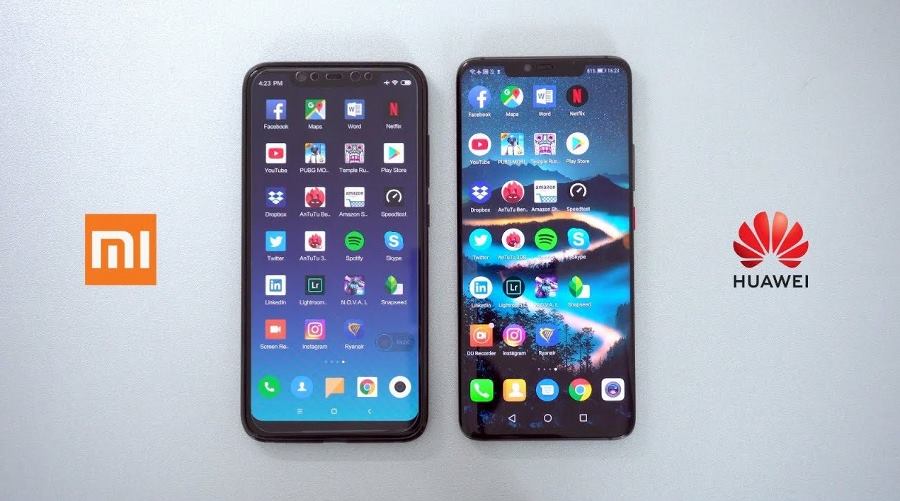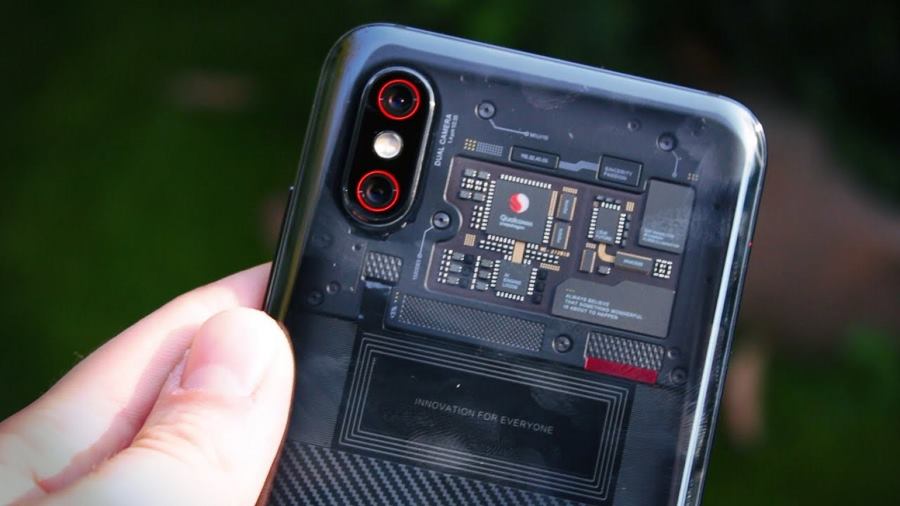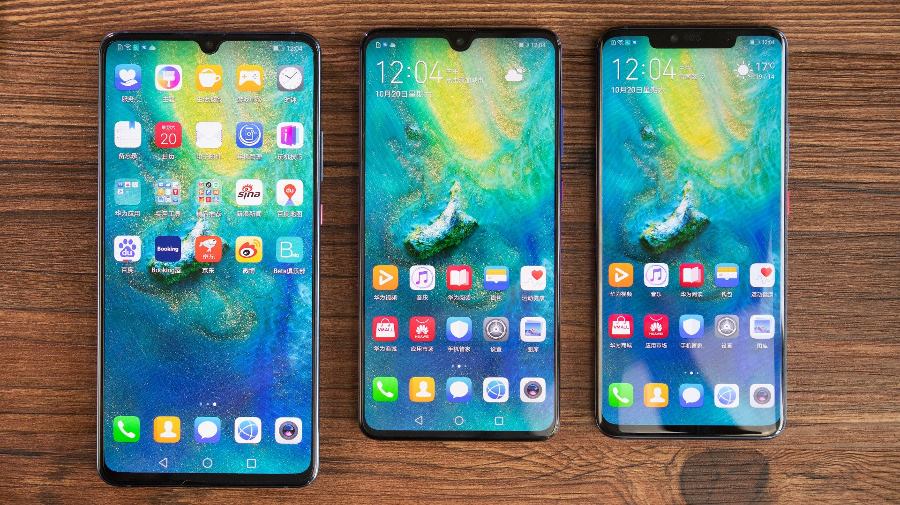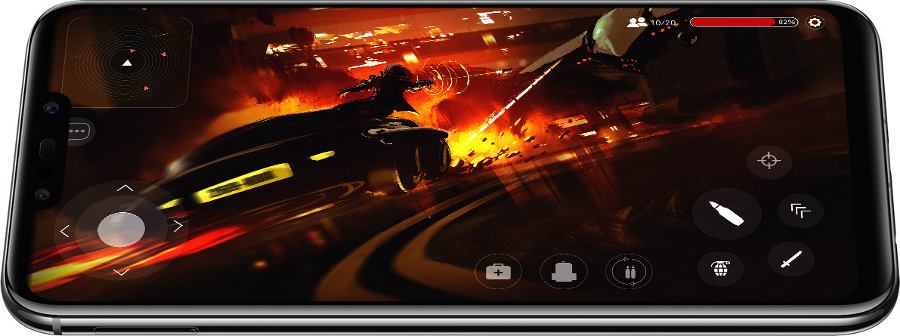
Two Chinese manufacturers Huawei and Xiaomi have a lot in common, and in China they are not hand in hand: the first is number
Prices

At one time, both companies broke into the marketsmart phones on a horse of low price tags on products comparable in parameters to Apple and Samsung devices. However, as time goes on, the concept is changing, smartphones from Chinese manufacturers have risen in price, however, unevenly. Huawei in terms of price is approaching the Korean giant, but Xiaomi is trying to restrain the growth of price tags, throwing minimum costs on the cost.
If the flagship (not the very top) Huawei start from 35thousand rubles, Xiaomi keeps the bar at 25 thousand. The budget segment demonstrates more stratification: if you take the level of 15 thousand, then Huawei has plastic, while Xiaomi has metal with glass, and the iron filling of the latter, as a rule, is more attractive. Total, plus in the direction of Xiaomi.
The lineup

It is difficult to calculate the best, the rangewide in both companies, but the current year gives a strong scatter, Xiaomi has released 9 new smartphones, and Huawei has as many as 17 models. However, as many models due to modifications of one smartphone, which are slightly different (display or memory), there is also always a stripped-down version of the new model. In the phablet segment, Xiaomi has released one mid-level model, while a competitor has several models in different price categories.
Technology

In this regard, Huawei is far ahead,since it has its own production of chipsets, to which the competitor is very far away. Xiaomi tried to create their own processor, but Surge S1 was the first and last chip, the project was safely covered. Own processors, this is the best optimization of hardware with software, it is always new technologies earlier than others. The chipset supports NFC, now 5G. Xiaomi is forced to put only third-party chips.
Iron

Powerful iron in almost all models, it ischip Xiaomi. As a rule, only top solutions from Qualcomm, with the exception of very low-end models with Snapdragon 425 chips. Huawei often skips models with outdated low-end chips that modern games do not pull. Yes, and Kirin's own chip in terms of graphics performance is inferior to Qualcomm products. So, the performance of Xiaomi smartphones is generally higher.
Cameras

Huawei is here to come because it cooperates withleader in the manufacture of optics Leica. Ratings on independent ratings are almost always top. The competitor equips his smartphones with good cameras, though they are inferior to the flagship Huawei.
Autonomy

A couple of years ago, the undisputed leader in terms ofautonomy was Xiaomi products. However, now the flagships of Huawei are greatly tightened, and are already bypassing the competitor’s smartphones. At Xiaomi, by and large, today there is not a single long-lived flagship model. If we consider the middle segment, then Xiaomi. Keeps better, the batteries here are always of decent capacity. Huawei also releases a lot of long-lived middle peasants, but on the whole the competitor looks smoother. In addition, low-cost models Huawei devoid of high-speed charging.